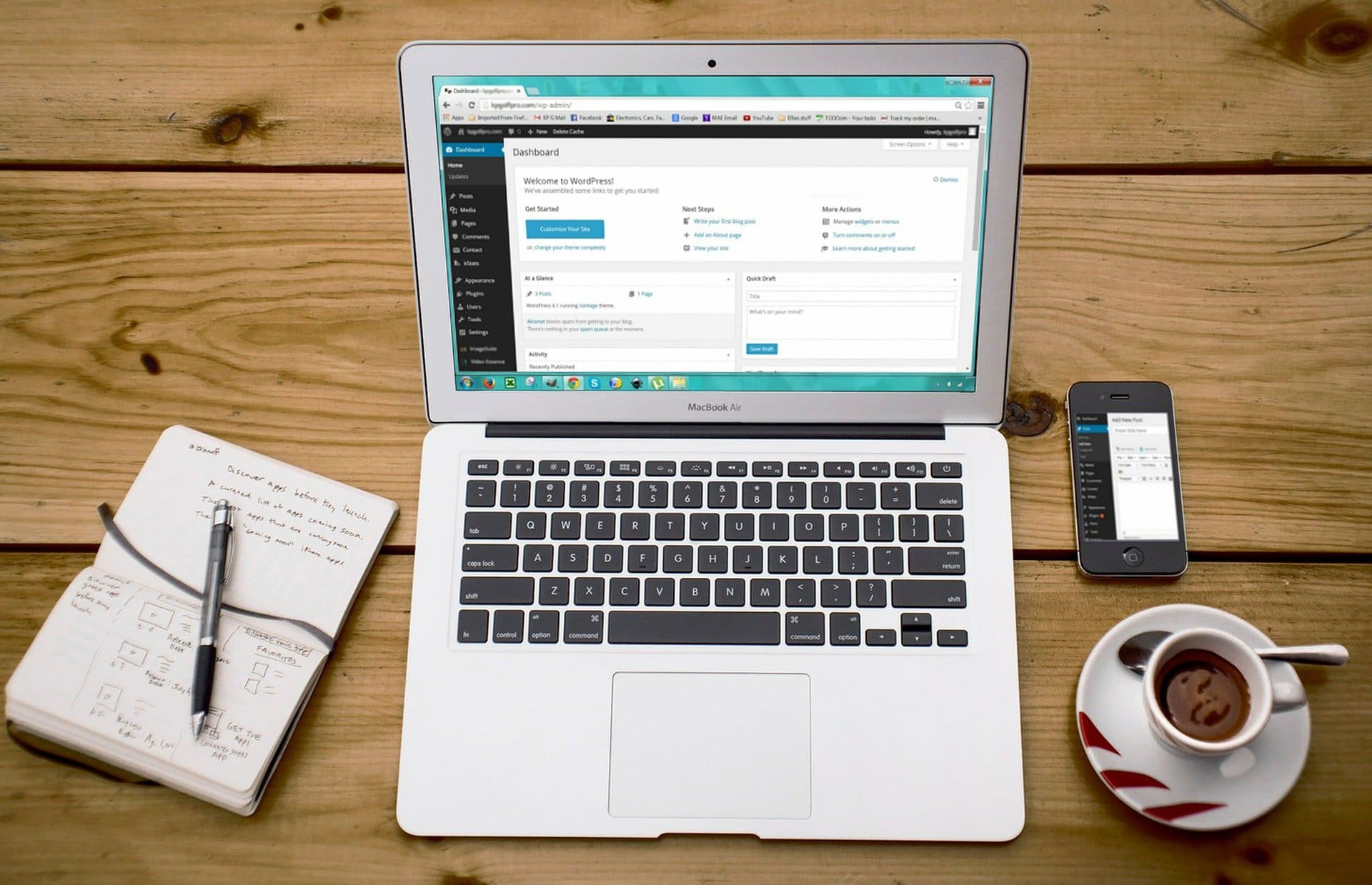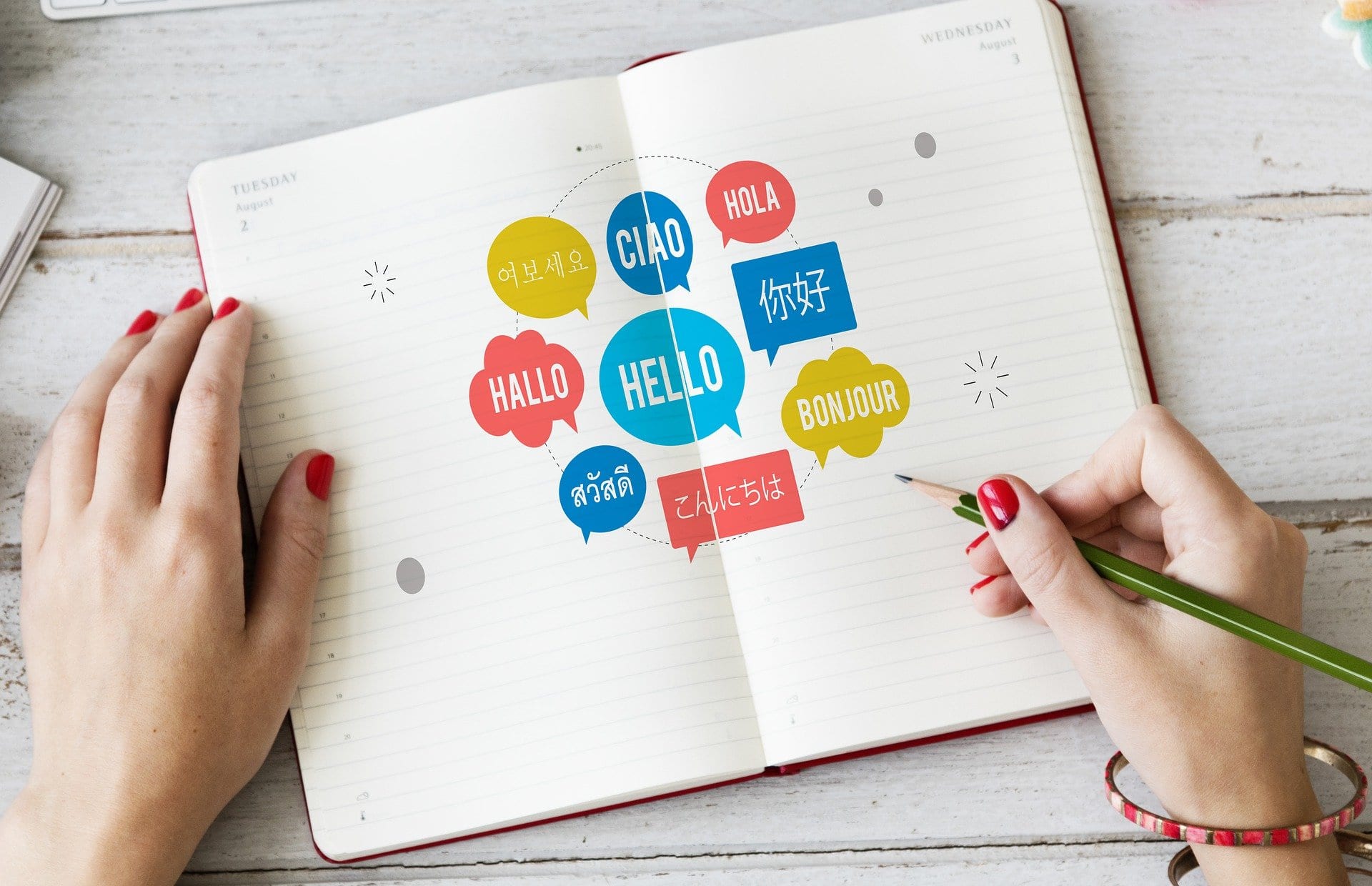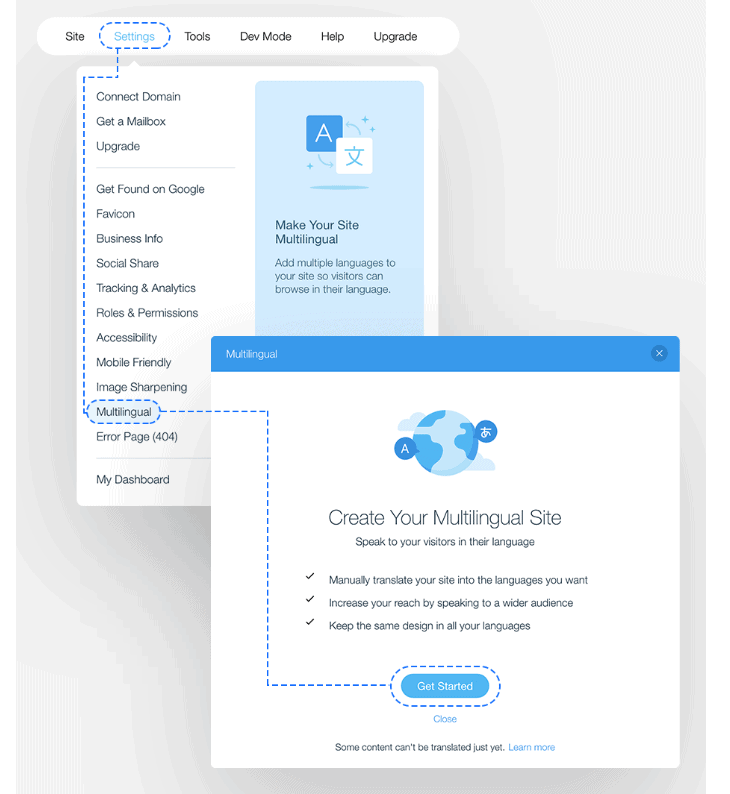If you want to reach more people online, you may have already thought about making a website that can be read in more than one language(Multilingual Site). When you have content on your site in the different languages you serve, you can talk to your visitors better.
There are other reasons why you might want to have more than one language on your website. Your business might be in a popular place for tourists, which could bring in customers from all over the neighborhood, state, or even country.
In this article, you will learn how to make a website that is easy to use in all languages and can be changed to fit the needs of different countries. We made a step-by-step guide to help you get started.
How To Make a Multilingual Site in 2025– The Ultimate Guide

1. Translate your website content
The translation is the most important part of a multilingual website. If you don’t speak the languages you’re adding to your site, you can translate your content in a few different ways.
You can hire a professional translator or use a neural machine translation service like Google Translate to get the job done quickly.
If you choose the second option, make sure to review and proofread the translated content because there are many grammatical or cultural details that can get lost in translation.

With Wix Multilingual, you can use Google Translate’s powerful language services and also edit your translations by hand right on your site’s editor.
During the translation process, make sure not to miss any part of your site’s copy, from the text on your homepage design and menu to the retailing details on your online store.
The date is a small thing to keep in mind when translating. You know how confusing this can be if you’ve ever missed a deadline or meeting because the way the month and date were written was different from what you’re used to (Is 12/04 April 12th or December 4th?).
Either do some research on how dates and times are usually written in your second language(s), or just write out the full month to be safe.
As you translate your website’s content, you may find that some things don’t work in another language or need more context to make sense.
So, pay attention to references to other cultures. For example, have you used puns that are only understood in one language or country to spice up your call-to-action text? First of all, you should be praised for doing a great job with your interesting microcopy.
Second, when you switch to your second language, make sure to find similar phrases or take a similar tone (s).
2. Adapt your visual content
You can “translate” more than just the text on your page. The same rule holds true for pictures. For example, if you offer a localized service and want to show photos of it from around the world, you can choose the right images to match the language of the text in that area.
Say you have a picture of the Statue of Liberty on your homepage to show a famous landmark. If your site is multilingual, you might want to change that picture to one of the Eiffel Tower for people who speak French.
If you localize your visual content, people from other cultures will be able to connect with your site better. This is because images have different meanings in different cultures.
3. Modify your SEO for all languages

Once you’re done translating, it’s time to make sure your work can be found on the internet in all its linguistic glory. That means you have to make sure that each of your new pages is ready for search engines.
Every international market has its own ways of using the internet and SEO needs. Start by doing keyword research in your new language and making the necessary changes to your site’s SEO settings.
So, if a potential customer searches the web in their own language for a business or solution like yours, they are more likely to find your site.
.4. Enable your site to be multilingual
Now that your website’s content is ready to go, you need to let people from all over the world know that they can access it.
Use an easy-to-find language menu to show off your language skills. You can make it look the way you want by showing each language with a small flag icon, a written abbreviation, or a combination of the two. This will let users know what choices they have.
We think this language switch should be in your main header navigation. You can even use small animations to draw people’s attention to the option to translate. The longer they have to look, the more likely it is that they will leave for a page that they can understand.
It would be ideal to place flag or word icons in the header menu if you offer two or three languages. To keep things from getting too crowded, consider using a drop-down menu of lettered abbreviations.
Creating a site that works in more than one language can seem hard at first. But, believe it or not, if you’ve already made a professional website in your first language, you’ve already done a lot to make this process easier.
You can now use the site structure you’ve made as a guide to help you learn a second, third, or even fourth language.
If you build your website on Wix, you won’t have to make a new site for each language.
With Wix Multilingual, a parallel copy is made for you every time you add a new language. And if you change something in one language, that change shows up right away in all of your different versions.
How to create a Wix Multilingual site:
- Choose your favorite professional online template from Wix or sign up for a free account.
- The Wix Editor’s top menu bar contains ‘Settings’.
- Choose ‘Multilingual’ and then ‘Get Started.’
- You can select from a variety of languages.
- Decide which language you want to use and what flag you would like to display.
- Click ‘Next.’
- Choose your secondary language (note that additional languages can be added later) and the flag you want to display with it.
- Select ‘Next’ and then ‘Start Now.’
- Include text, images, and videos in the translation of your site’s content. Select ‘Settings’ > ‘Multilingual’ from the top bar to access your Multilingual Dashboard. You can switch between languages using the flags in the top left corner.
- Make your changes live by clicking Publish.
Qucik Links:
- SnapPages Website Builder Review : Is it Worth the Hype
- What Is a Website Builder? The Ultimate Guide
- Best On-Page SEO Softwares Tools
Conclusion- How To Make a Multilingual Site- The Ultimate Guide
As you can see, it’s not easy to make a website that works well in more than one language. To give your users the best multilingual experience possible, you have to handle a lot of tools and process a lot of information.
But if you take your time, are patient, and don’t give up, your new website that speaks more than one language will pay off.


